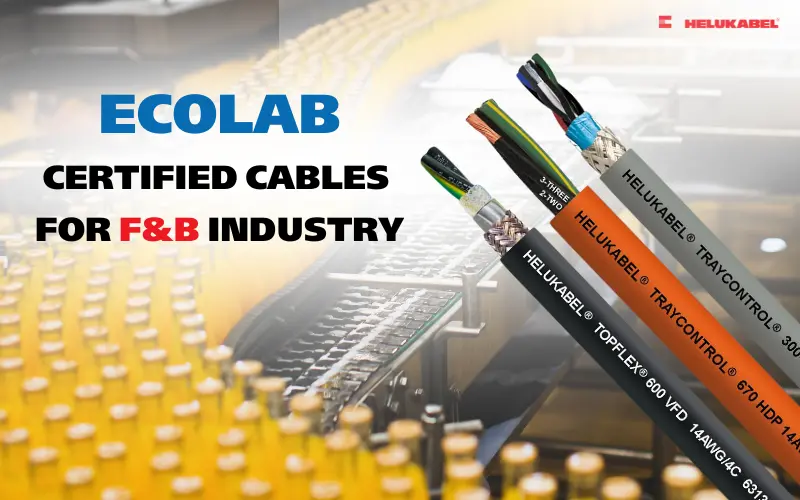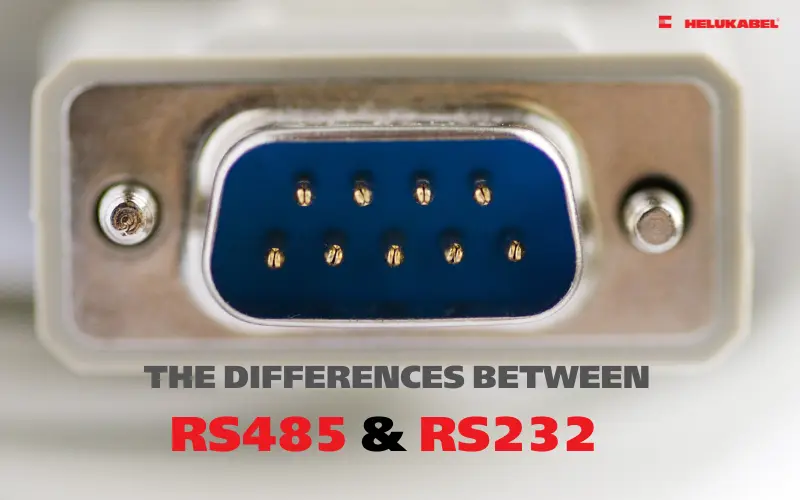The differences between Cat5, Cat6, and Cat7 ethernet cables
Ethernet cables play a vital role in modern network infrastructure by connecting various devices and components within a system. Choosing the right type of cable significantly impacts your ability to access high-speed internet and establish a reliable local area network (LAN) — a key requirement for today’s businesses. This article explains the key differences between the most commonly used ethernet cable types: Cat5, Cat6, and Cat7. You'll gain a clear overview to help you select the cable that best fits your needs.
1. Understanding Cat5 cables
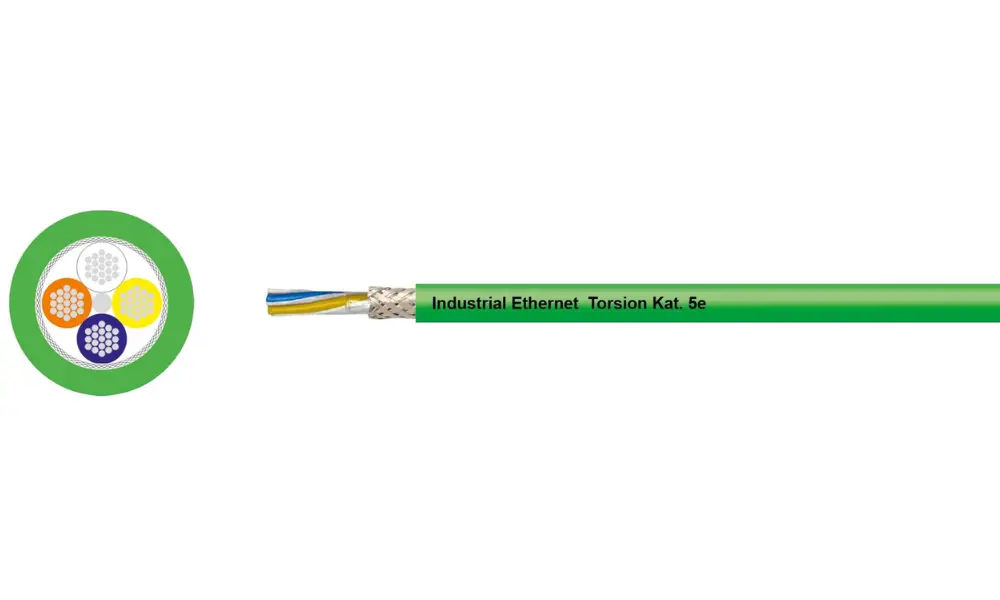
1.1 What are Cat5 cables?
Cat5 Ethernet cable is a type of twisted-pair cable used to establish network connections between computers and other devices. It features four pairs of twisted copper wires, which help reduce electromagnetic interference from household appliances or fluorescent lights.
Cat5 supports data transfer speeds of up to 100 Mbps and was once a popular choice for LAN systems. Although higher performance standards are now widely available, Cat5 is still used in legacy systems due to its low cost and ease of installation.
The Cat5e (Category 5 enhanced) version improves upon Cat5 by reducing crosstalk and has largely replaced it in most applications. Like Cat5, Cat5e uses unshielded twisted pairs (UTP) and RJ45 connectors, supports bandwidth up to 100 MHz, and enables speeds from 10 Mbps to 1000 Mbps (1 Gbps).
Cat5e is commonly used in Gigabit Ethernet networks (1000BASE-T), utilizing all four wire pairs for efficient data transmission. It supports transmission distances up to 100 meters, especially when paired with devices such as 1000BASE-T SFP+ transceivers, making it suitable for both office and home networks.
1.2 Pros and cons of Cat5 cables
Advantages:
- Low cost: Inexpensive to produce and install, once considered a budget-friendly option in early network setups.
Disadvantages:
- Low performance: Maximum speed of only 100 Mbps; inadequate for modern applications.
- Susceptible to interference: Lacks shielding, making it prone to crosstalk and signal loss, especially over longer distances.
- Not Ideal for Gigabit networks: Fails to meet the speed and stability demands of current systems.
2. Understanding Cat6 cables
_post_detail_picture.webp)
2.1 Key features of Cat6 cables
Cat6 Ethernet cable is a significant upgrade over Cat5e, offering higher speeds and greater bandwidth. It supports frequencies up to 250 MHz and data rates up to 10 Gbps (over shorter distances, typically under 55 meters), making it ideal for Gigabit Ethernet and high-speed connections.
Because of its higher bandwidth and fast data transmission, Cat6 is well-suited for environments that demand high-performance networking, such as:
- Professional gaming setups
- Home offices handling large file transfers
- Small businesses with multiple simultaneous users
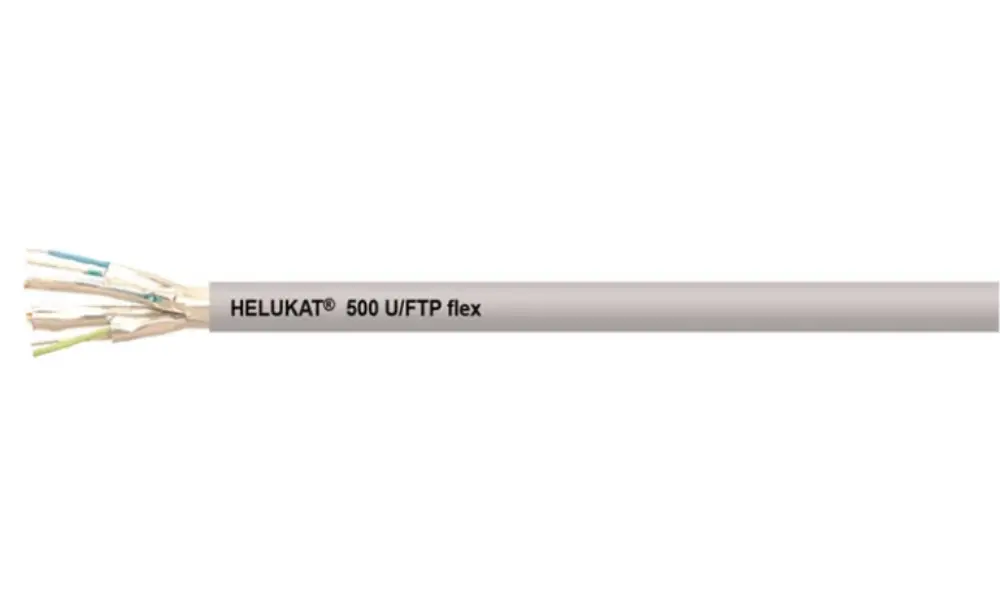
2.2 Differences between Cat6 and Cat5 cables
The most notable improvement is in its physical design. While both use twisted-pair copper wires, Cat6 cables have a tighter twist per inch, which reduces near-end crosstalk (NEXT) and provides more stable connections at higher speeds.
Many Cat6 cables also include a nylon spline to separate the four twisted pairs. This isolation:
- Minimizes pair-to-pair interference
- Improves signal quality
- Supports higher-frequency data transmission
This design enhancement enables Cat6 to deliver significantly better performance than Cat5 or Cat5e.
2.3 Pros and cons of Cat6 cables
Advantages:
- High speed & bandwidth: Supports up to 10 Gbps; ideal for data-intensive applications.
- Improved shielding: Tighter twists and optional splines reduce crosstalk and enhance stability.
- Backward compatibility: Can be used with Cat5e-compatible devices for easy upgrades.
Disadvantages:
- Higher cost: More expensive than Cat5e, but justified by its superior performance and longevity.
- Device requirements: To maximize Cat6's capabilities, routers, switches, and NICs must also support high bandwidth.
3. Understanding Cat7 cables
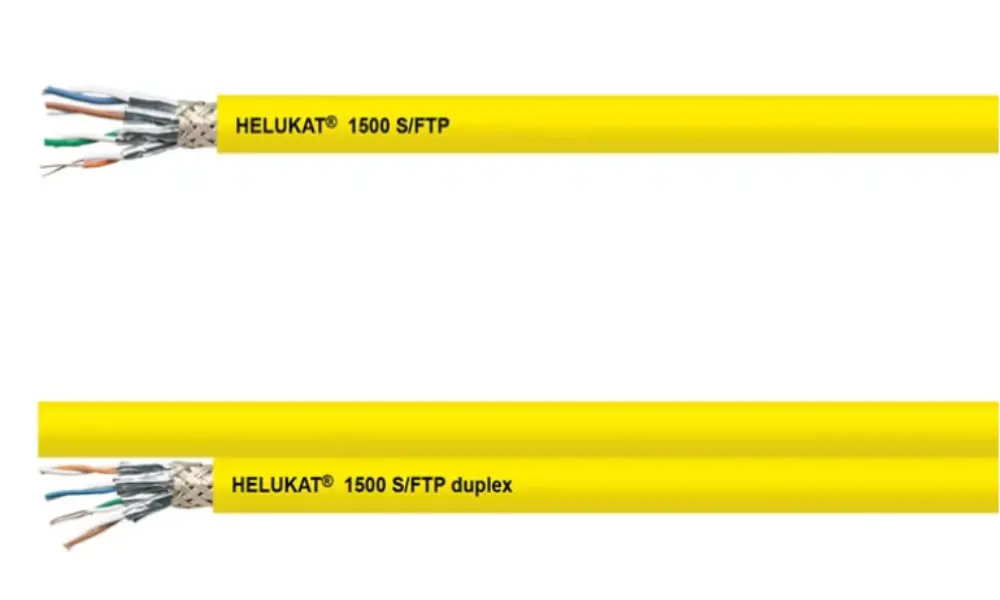
3.1 What are Cat7 cables?
Cat7 is a next-generation Ethernet cable that significantly outperforms its predecessors. It operates at frequencies up to 600 MHz and supports data transmission rates of up to 10 Gbps over distances of 100 meters. In controlled environments, Cat7 can even reach speeds of 40 Gbps (up to 50 meters), and in some extreme cases, up to 100 Gbps.
3.2 Features of Cat7 cables
What sets Cat7 apart is its exceptional shielding. Each twisted pair is individually shielded (foiled pairs), and the entire cable is wrapped in an overall shield, providing outstanding protection against electromagnetic interference (EMI) and crosstalk. This makes it ideal for environments with high electrical noise.
3.3 When should you use Cat7 cables?
Cat7 provides the highest speed and bandwidth among commonly used Ethernet cables (excluding Cat8). However, its higher cost and limited backward compatibility make it less suitable for home or small office networks. Therefore, Cat7 cables are ideal for:
- Data centers
- Professional video editing or sound studios
- Hospitals or industrial sites with high EMI
- Any location demanding ultra-stable, high-speed connections
4. Comparing cat5, cat6, cat7 cables
| Cat5 | Cat5e | Cat6 | Cat6A | Cat7 | |
| Max speed | 100 Mbps | 1 Gbps | 1 Gbps | 10 Gbps | 10 Gbps |
| Max bandwidth | 100 MHz | 100 MHz | 250 MHz | 500 MHz | 600 MHz |
| Shielding | UTP | UTP/STP | UTP/STP | STP | STP (S/FTP) |
4.1 Speed & bandwidth
- Cat5e: Good for light use, Gigabit Ethernet at 100 MHz.
- Cat6: Better for heavier tasks like streaming and remote work, 1 Gbps at 250 MHz.
- Cat6A: Supports 10 Gbps at 500 MHz; ideal for enterprise-grade networks.
- Cat7: 600 MHz bandwidth; suited for environments with high EMI or mission-critical applications.
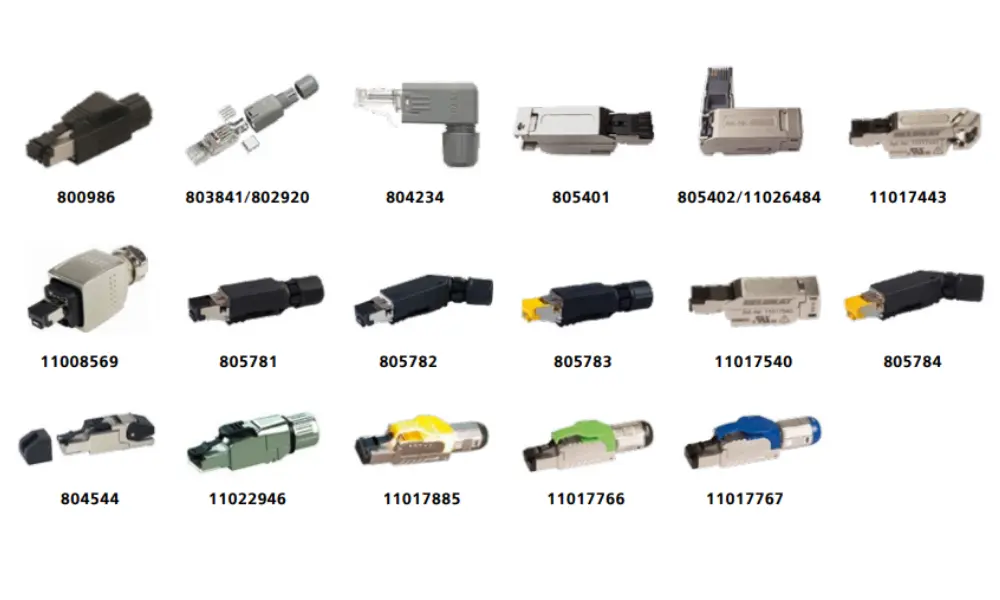
4.2 Compatibility and connectivity
Most Cat5–Cat7 cables use RJ45 connectors, making them compatible with common switches, routers, and PCs. However:
- Older devices (100 Mbps Fast Ethernet) won’t benefit from Cat6/Cat7 performance.
- High-end Cat7 cables may use GG45 or TERA connectors, which may not fit standard RJ45 ports.
4.3 Choosing the right Ethernet cables for home networks
For basic internet usage at home - such as browsing the web, sending emails, or streaming HD videos - Cat5e cables are generally sufficient. They support Gigabit Ethernet speeds (up to 1 Gbps), are cost-effective, and widely available.
However, as internet speeds increase and the number of connected devices grows - especially for activities like 4K video streaming, online gaming, or using smart home devices - Cat6 cables become a more suitable choice.
If your home is located near sources of electromagnetic interference, such as power substations, high-voltage lines, or in densely populated apartment buildings, consider using shielded Cat6 (STP) cables to ensure a more stable and interference-resistant connection.
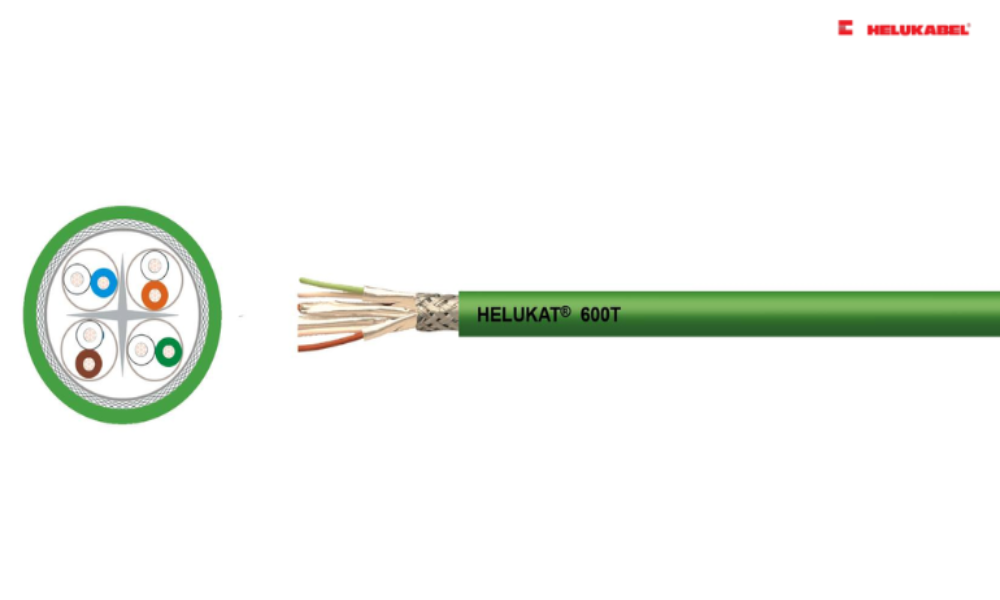
HELUKAT® 600T CAT.7 SF/FTP PUR TORSION cables for harsh conditions
4.4 Choosing ethernet cables for offices and data centers
In professional environments - where large file sharing, video conferencing, cloud-based tools, and simultaneous user access are common - you need a high-performance and reliable Ethernet cabling system.
- Cat6 is a solid choice for most small to medium-sized offices. It supports 10 Gbps data transfer over shorter distances (up to 55 meters), making it ideal for online meetings, fast internet access, and internal file sharing.
- Cat6A, an upgraded version of Cat6, offers stable 10 Gbps performance over distances up to 100 meters, with improved shielding against interference.
- Cat7 is the optimal solution for data centers, large-scale enterprise networks, or environments with heavy EMI.
5. HELUKABEL’s Cat5, Cat6, and Cat7 ethernet cables
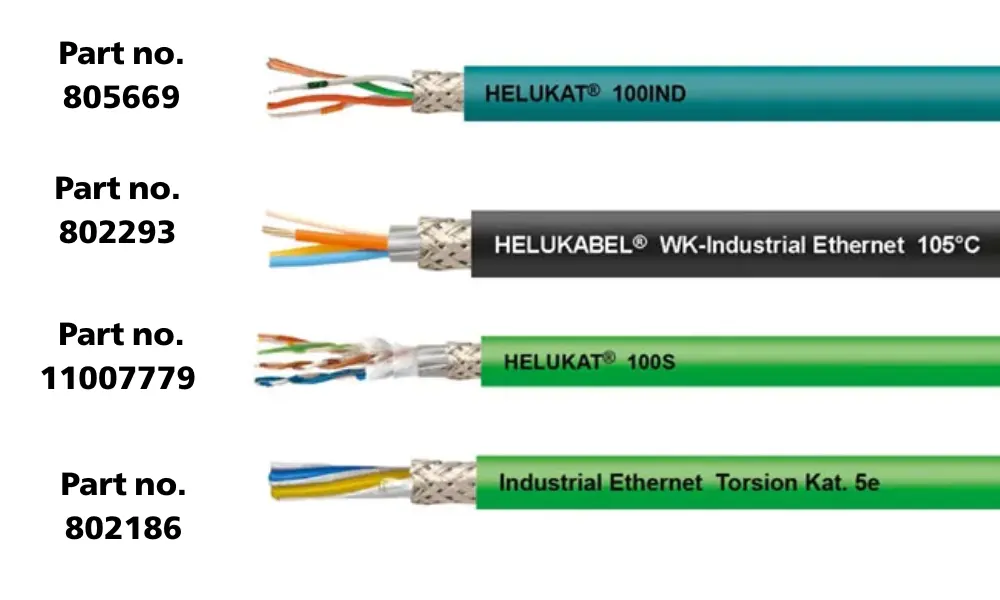
HELUKABEL offers a comprehensive range of industrial-grade Ethernet cables from Cat5 to Cat7, engineered to meet high-performance standards.
5.1 Cat5 cables
| Outer sheath | Features | Part no. | |
| 100IND CAT.5 SF/UTP FRNC | FRNC | Flame-retardant, low smoke | 805699 |
| 100IND CAT.5e SF/UTP FRNC | 805701 | ||
| 100IND CAT.5 SF/UTP PUR ROBUSTFLEX | PUR | Flame-retardant, resistant to standard oils (ASTM ½ compliant) | 805702 |
| 200IND CAT.5e SF/UTP PUR ROBUSTFLEX | PUR | Flame-retardant, compatible with RJ45, M12, and Sub-D connectors | 800068 |
| 100IND CAT.5 WK SF/UTP X-FRNC FLEX | X-FRNC | Excellent oil resistance; suitable for harsh temperature conditions (wind turbines) | 802293 |
| 100S CAT.5e 1000 V SF/UTP PUR | PUR | 11007779 | |
| 200S CAT.5 4C SF/UTP PUR | 800088 | ||
| 100T CAT.5e S/UTP PUR TORSION | PUR | Designed for torsion applications (robotics) | 802186 |
5.2 Cat6 cables
| Features | Part no. | |
| 500IND CAT.6A S/FTP FRNC | Flame-retardant, low smoke | 11007777 |
| 500IND CAT.6A SK S/FTP PVC | CC-Link IE Field certified, FastConnect (SK) capable, highly flame-retardant | 803693 |
| 500S CAT.6A SF/FTP PVC | highly flame-retardant | 805704 |
| 500S CAT.6A SF/FTP PUR CHAIN | halogen-free, highly flame-retardant | 805703 |
| 500IND CAT.6A S/FTP LS0H EXTRAFLEX | extremely flexible | 11023932 |
| 250IND CAT.6 CMG SF/UTP PVC | with FRNC inner sheath, highly flame-retardant | 805655 |
| 250IND CAT.6 AWM SF/UTP PVC | 805681 | |
| 250S CAT.6 CMG SF/UTP PVC | highly flame-retardant | 805658 |
| 250S CAT.6 CMX SF/UTP PUR | flame-retardant | 803387 |
5.3 Cat7 cables
| Features | Part no. | |
| 600 CAT.7e S/FTP FRNC | CC-Link IE Field certified, performance up to 1000 MHz, flame-retardant, low smoke | 80810 |
| 600IND CAT.7e S/FTP PUR | CC-Link IE Field certified, extended performance up to 1200 MHz | 801197 |
| 1200IND CAT.7A S/FTP PUR | extended performance up to 1200 MHz | 805680 |
| 1000IND CAT.7A S/FTP PUR ROBUSTFLEX | performance up to 1000 MHz | 805684 |
| 600S CAT.7 SF/FTP PUR CHAIN | CC-Link IE Field certified | 805614 |
| 600T CAT.7 SF/FTP PUR TORSION | 805828 | |
| 600IND CAT.7 S/FTP FRNC SHIPLINE | Marine and Offshore, flame-retardant, low smoke | 11021853 |
6. FAQs: Common ethernet cable terms
6.1 UTP vs STP Cables
UTP (Unshielded Twisted Pair) and STP (Shielded Twisted Pair) are two of the most widely used cable types in Ethernet networking:
- UTP cables have no additional shielding around individual wire pairs or the overall cable. This makes them lighter, easier to install, and more cost-effective. However, UTP is more susceptible to EMI, especially in environments with many electrical devices.
- STP cables feature an additional shielding layer either around each twisted pair or surrounding the entire cable. This shielding minimizes crosstalk and EMI, making STP cables ideal for industrial settings or areas with high electrical noise.
6.2 What are Fast Ethernet, Gigabit Ethernet, ATM155, FDDI, and Token Ring?
These are different data communication protocols and technologies used in local area networks (LANs), each with distinct transmission speeds and applications:
- Fast Ethernet: Offers data transmission speeds of up to 100 Mbps. It is a common standard in LANs and operates at Layer 2 of the OSI model. Often used with Cat5e cables.
- Gigabit Ethernet: Provides transmission speeds up to 1000 Mbps. Compatible with Cat5e, Cat6, and Cat6A cables, and commonly used in business and industrial networks.
- ATM155 (Asynchronous Transfer Mode): A network technology with a transmission rate of 155 Mbps. It is typically used in telecommunications backbones and infrastructure.
- FDDI (Fiber Distributed Data Interface): A 100 Mbps fiber-optic data transmission technology designed for high-redundancy ring topologies in enterprise networks.
- Token Ring: An older LAN technology using a ring topology and a “token” to control data transmission. Typical speeds are 4 Mbps or 16 Mbps.
6.3 What are attenuation, NEXT, and ACR?
- Attenuation refers to the loss of signal strength as it travels through the cable. It is influenced by factors such as wavelength, dispersion, and absorption. Lower attenuation means better signal quality over long distances.
- NEXT (Near-End Crosstalk) measures interference between wire pairs at the transmitter end of the cable. It is expressed in decibels (dB), and a higher NEXT value indicates better crosstalk suppression and signal integrity.
- ACR (Attenuation to Crosstalk Ratio) is the difference between the NEXT value and the signal attenuation. A higher ACR value signifies improved cable performance, with lower signal loss and minimal interference.
6.4 What do cable markings like CMG and CMX mean?
CM, CMG, and CMX are UL (Underwriters Laboratories) cable flame ratings used to classify Ethernet or signal cables based on their fire resistance and appropriate installation environments:
- CM / CMG (Communications General Purpose): Suitable for general-purpose communications cabling in buildings. However, they are not rated for riser (vertical shaft) or plenum (air-handling) spaces unless additionally certified (e.g., PLTC for industrial cable trays or vertical applications).
- CMX: Designed for residential and light-duty applications. These cables offer basic flame resistance for simpler indoor setups.
If you still have any concerns or questions, don't hesitate to reach out to HELUKABEL Vietnam's engineering team promptly for detailed assistance.
HELUKABEL® Vietnam
| Address | 905, Nguyen Kiem Street, Hanh Thong Ward, Ho Chi Minh City 700000, Vietnam |
| info@helukabel.com.vn | |
| Hotline | +84 28 77755578 |
| Website | www.helukabel.com.vn |
| Discover our products and place orders | Tiki | Shopee | Lazada | Product finder |
| Follow us on | Facebook | LinkedIn | Instagram | Youtube | Zalo | WhatsApp | Tiktok | Spotify |

